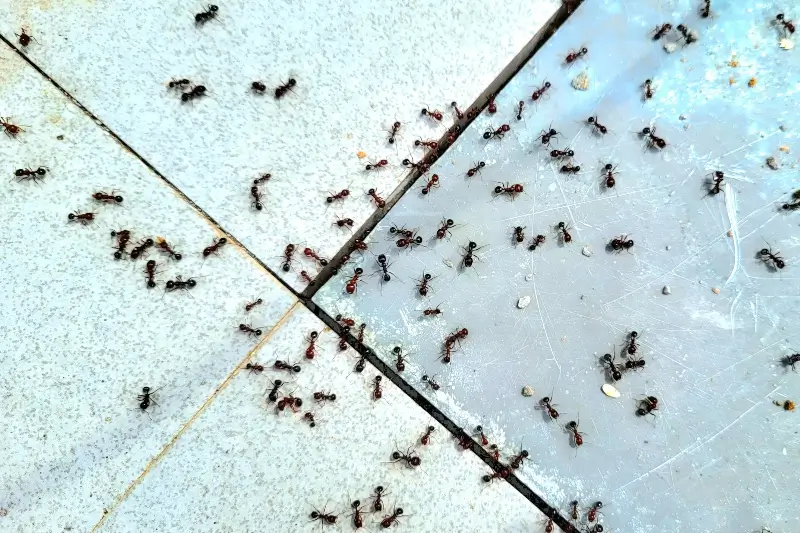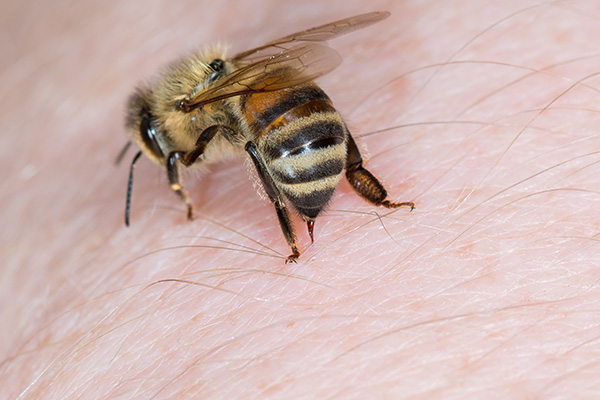Spring brings longer days and flourishing greenery, but it also means carpenter ant activity is higher than ever. Unlike common household ants, these pests tunnel through wood, which can gradually weaken your home’s structure. If you start seeing large ants indoors, particularly ones with wings, we recommend looking into professional inspections.
Unsure whether the pests you see are carpenter ants? Our guide will walk you through their distinguishing features and habits.
Why Carpenter Ants Become More Active in Spring
As the weather gets warmer, carpenter ants begin their intense search for food and moisture. Rainfall and melting snow soak wood, making it easier for these ants to establish their nests.
One of their most noticeable spring behaviors is the nuptial flight. During this phase, winged reproductive ants, or alates, take to the air in search of locations for new colonies. If you see flying ants swarming near your home, it could indicate an expanding colony nearby.
Schedule a Spring Carpenter Ant Inspection Today!
Recognizing Carpenter Ants This Spring
Here are some features to look for:
- Large size (1/4 to 3/4 inch).
- Dark coloration, often black.
- Presence of winged alates during mating flights.
For more details, visit our Carpenter Ant Pest ID resource.
Indicators That Carpenter Ants May Be Near Your Home
Carpenter ants remain present year-round, but some warning signs become more noticeable in spring:
- Frequent sightings of ants along exterior siding and near the foundation
- Small piles of wood shavings resembling sawdust, especially in damp or rotting wood after rainfall
- Groups of ants found near decaying logs, woodpiles, or tree stumps
Ways to Help Deter Carpenter Ants This Spring
With rising temperatures and increased moisture levels, spring offers the ideal conditions for carpenter ants to thrive. Taking steps early can reduce the chances of an infestation. Here are a few preventive measures:
- Control moisture buildup by fixing leaks, improving air circulation, and ensuring gutters push water away from your home to help keep wood dry.
- Store firewood properly by stacking it off the ground and keeping it away from your home to discourage nesting.
- Seal potential entry points by inspecting doors, windows, and foundation cracks for openings and sealing them to prevent ants from getting inside.
When to Contact a Professional
Have you noticed carpenter ants or evidence of their activity? Taking action quickly can help minimize potential structural damage. Colonies grow rapidly in spring, but early treatment by professionals can contain the problem. Visit our ant services page to explore treatment options and set up an inspection.
Carpenter Ant Resources
At Griffin Pest Solutions, we’re committed to helping homeowners prevent carpenter ant infestations. Taking proactive steps now can make a significant difference in keeping these wood-damaging pests away. Contact us for a free inspection, and use this checklist to help protect your home.
Spring Maintenance Checklist:
- Seal gaps and cracks in your foundation
- Inspect for rotting or moisture-damaged wood
- Trim tree branches and shrubs that touch your house
- Ensure proper drainage directs water away from your foundation
- Schedule a professional inspection


